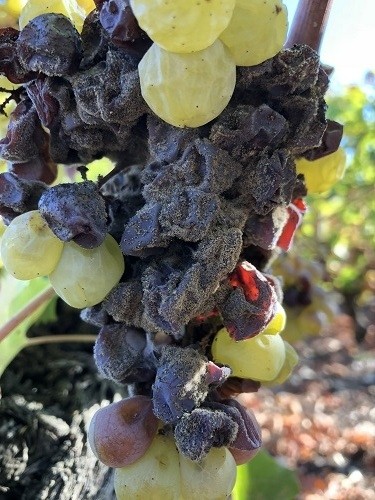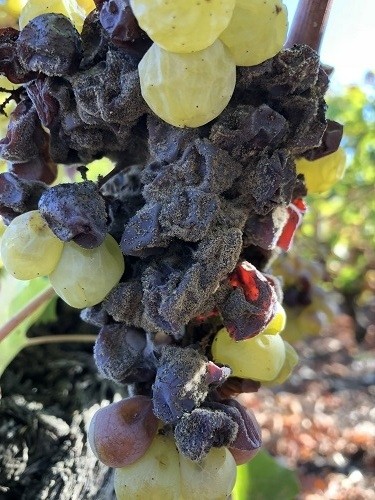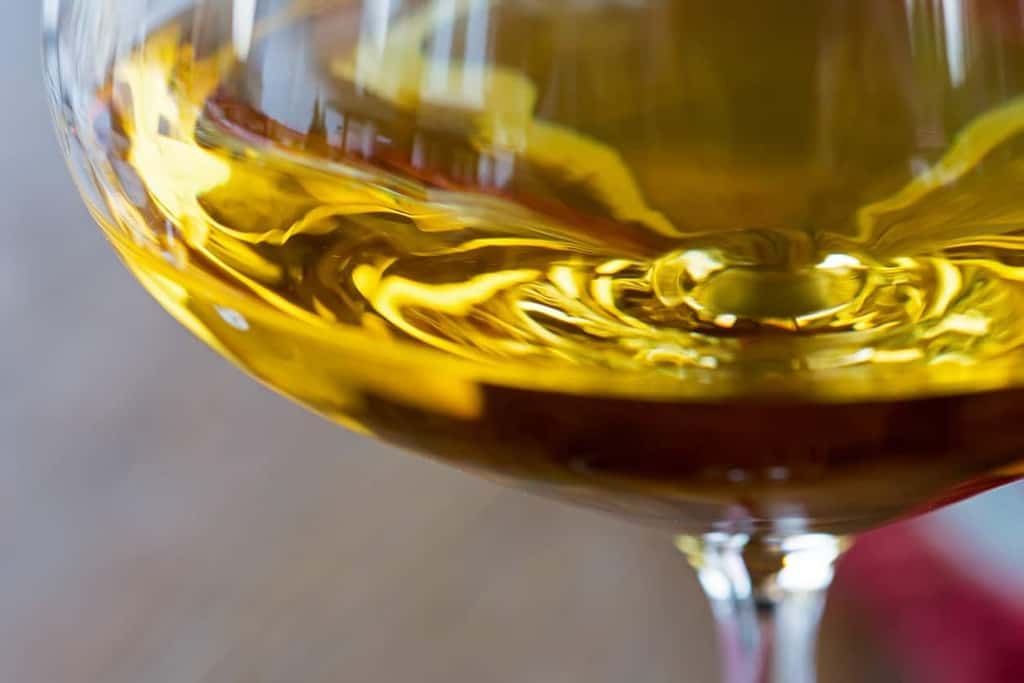Last Updated on August 23, 2019.
Semillon Wine Profile
Originally hailing from Bordeaux, Semillon is springing up in more varied locations around the world. California and Washington States have increased plantings, and Australia produces some stunning dry versions of Semillon that are changing popular understanding of how the variety can be vinified. Historically, Semillon was limited to being a key grape of Bordeaux blancs and most significantly, of Sauternes.
The Tasting Notes of Semillon
When vinified dry, it exhibits lemon, apple, stone fruit, white florals, and beeswax. Its weight and texture allow it to stand up to a variety of dishes but seared scallops, shrimp, and other richer seafood dishes work beautifully with it. Semillon also works well with highly seasoned dishes; think milder curries, autumnal spices, and high-toned herbs like sage and fennel.
When vinified sweeter, it is richly textured with layers of honey, lanolin, and lush florality. Here, it’s a dessert wine and is traditionally paired with foie gras, but would also work well with sharp and tangy cheeses after a meal. The Sweet Bordeaux Regional Association also recently showed Winetraveler the potential to pair these wines with fresh seafood, including Sushi and Raw Oysters.
Sauternes has been called “liquid gold” on more than one occasion, and it really is that delicious.
RELATED: Discover The 10 Appellations of Southern Bordeaux
Although blended with Sauvignon Blanc and Muscadelle in Sauternes, the dry single-varietal Australian bottlings are gaining more attention and are absolutely worth seeking out.
Wine Growing Regions for Semillon

Despite the increasing popularity of Semillon in Australia and beyond, Bordeaux remains its motherland. (Note that in France, it’s spelled “Sémillon,” but elsewhere in the world, the accent is not present.) Located south of Graves, Sauternes produces among the most treasured dessert wines in the world, and the star of it all is Semillon. It’s a fairly thin-skinned grape that is prone to being afflicted with botrytis, a fungus that draws out water and effectively concentrates sugars. Neighboring Barsac also produces dessert wine from the Semillon-Sauvignon Blanc-Muscadelle blend. Sauternes and Barsac both experience the perfect climactic conditions for botrytis to develop, with warm days and extra humidity from the proximity to Garonne River.
In Australia, Hunter Valley and Margaret River are the two key regions that produce wines from Semillon. Here, they tend to be highly acidic, bright and fresh when young and grow richer and more mellow with age.
California produces Semillon-based dessert wines as well, and producers in Sonoma are beginning to focus on dryer styles. Washington has had good luck with the variety and is also seeing increasing experimentation with it. And perhaps most surprisingly, China is now producing wines made form Semillon.
Once the most common white grape cultivated in South Africa, Semillon has largely fallen by the wayside in favor of Steen, or Chenin Blanc.
Check out some of these beautiful wines made from Semillon from all over the world:
- Moss Wood Semillon, Margaret River, Australia
- Tyrrell’s HVD Semillon, Hunter Valley, Australia
- L’Ecole 41 Semillon, Columbia Valley, Washington
- Smith Story Lakota’s View Semillon, Sonoma Mountain, California
- Chateau Guiraud, Sauternes, France
- Chateau d’Yquem, Sauternes, France
- Chateau Coutet, Barsac, France
- Chateau Doisy Daene, Barsac, France
Learn About These Other Wine Grape Varieties
Written By Jamie Metzgar
Jamie Elizabeth Metzgar began her career in wine by pouring in a tasting room on the East End of Long Island, NY. After moving to New York City, she landed a position at Chambers Street Wines where she was encouraged to pursue wine education at the Wine & Spirits Education Trust (WSET). She earned Level III certification there and has since earned California Wine Appellation Specialist and Certified Specialist of Wine certifications as well. After way too many moves, she has recently landed in Northern California where she is compiling an unofficial roster of dog-friendly tasting rooms.
Dry Semillon Wines
Fruit: Citrus (Lemon), Tree Fruits, Stone Fruits
Earth & Mineral Tones: Beeswax, Dried Hay, Limestone, Lanolin, White Flowers
Sweet Semillon Wines
Fruit: Apricot, Lemon Peel, Orange Zest
Earth & Mineral Tones: Honey, Caramel, Beeswax, Dried Hay, Chalky Minerals, Floral
The Structure and Style of Semillon Wines
Semillon wine structure can vary widely dependent upon vinification. Structural components depend on climate, production technique, dry vinification, sweet vinification, oak usage and additional factors. The below properties explain Semillon's versatility.
Body Medium - Full
Sugar Dry - Sweet
Acidity Medium
Alcohol Medium - Medium-Plus
Fois Gras
Sharp Cheeses
Raw Seafood
Try with Sweet OR Dry Semillon.

